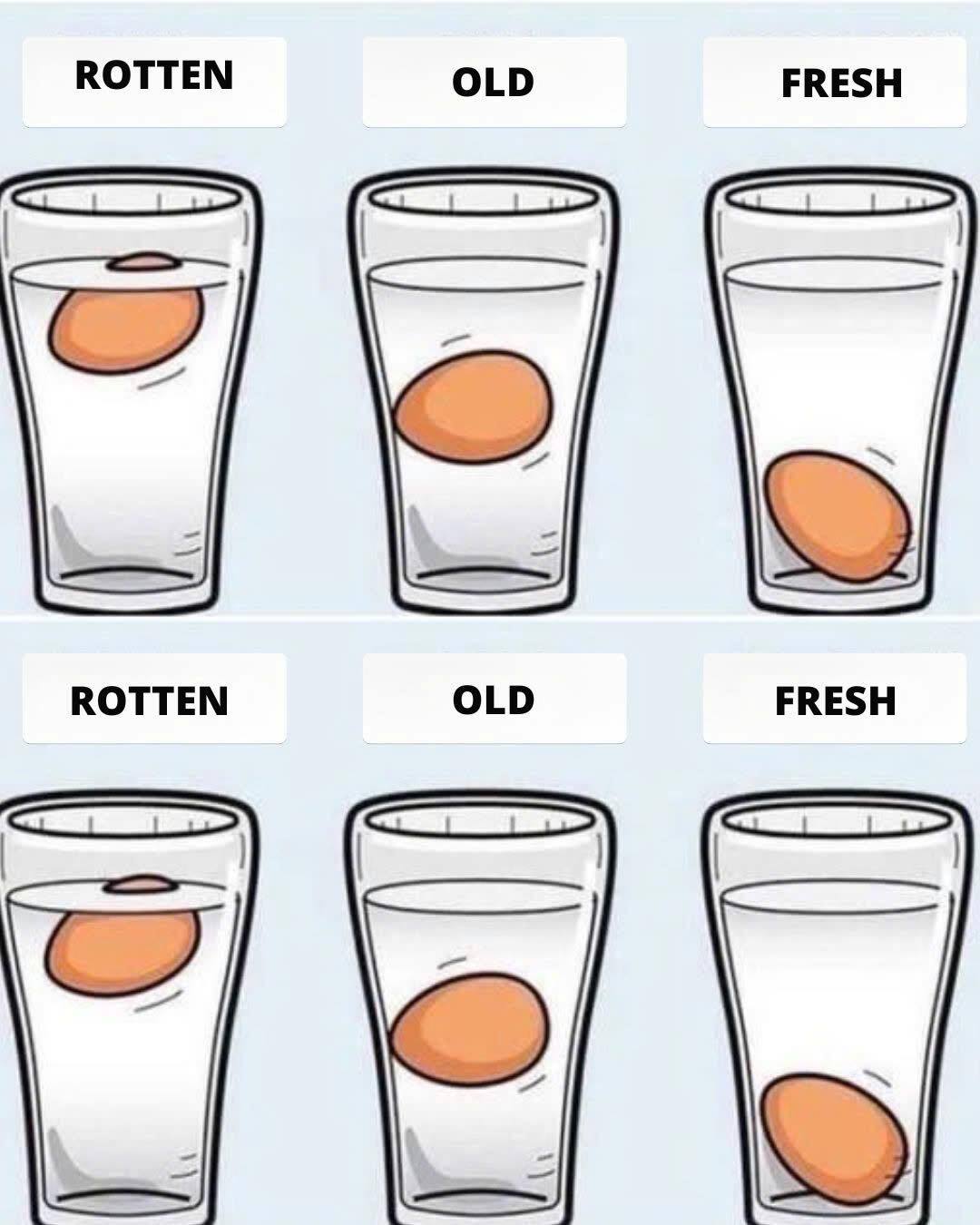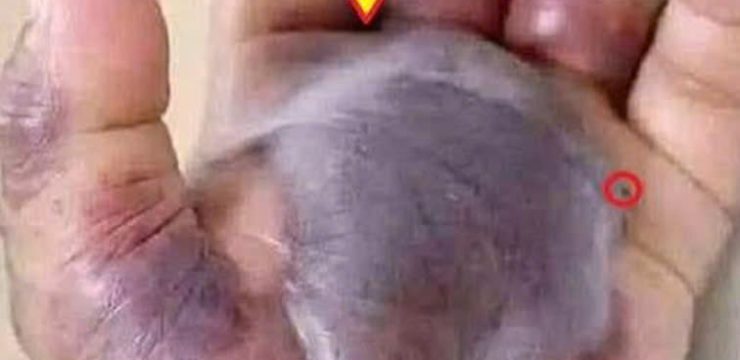Eggs are a kitchen essential, showing up in everything from breakfast favorites to baked desserts and savory dinners. But as versatile and delicious as they are, eggs can also pose a health risk if they’re not fresh. Eating a spoiled egg can ruin an entire dish—or worse, make you seriously ill.

That’s why knowing how to check the freshness of your eggs is so important. Fortunately, there’s a simple, foolproof method that doesn’t involve any fancy tools or cracking eggs open prematurely. All you need is a glass or bowl of cold water. That’s right—this age-old trick is not only fast but also incredibly reliable. It can tell you whether your eggs are still fresh, getting older, or no longer safe to eat in just a few seconds. Here’s how it works: fill a glass or medium-sized bowl about three-quarters full with cold water.
Then, gently lower an egg into the water and watch what it does. If the egg floats to the top and stays there, it’s time to throw it out. Eggs float because, over time, they lose moisture through their porous shells, allowing air to build up inside. The more air an egg contains, the more buoyant it becomes, and floating is a clear sign that it’s no longer good to eat. On the other hand, if the egg tilts upward or stands on one end at the bottom of the glass, it’s still safe to use, but it’s not as fresh. These older eggs are fine for recipes where texture isn’t critical, like hard boiling or baking.
However, you may want to avoid using them for dishes where the egg needs to be fluffy or hold its shape, like meringues or poached eggs. Now, if the egg sinks to the bottom and lies flat on its side, congratulations—you’ve got a fresh egg that’s ideal for any recipe. This is the gold standard of egg freshness, and you can go ahead and crack it open with confidence. In addition to the water test, there are a few other things you can do to double-check the quality of your eggs. First, give the shell a quick visual inspection. Look for any cracks or slimy residue, both of which could indicate contamination. An intact, clean shell is your first line of defense against bacteria.
If you still aren’t sure after the water test, go ahead and crack the egg into a separate bowl before adding it to your recipe. A fresh egg will have a thick, slightly domed yolk surrounded by firm, jelly-like whites. If the egg looks watery, runny, or has a foul odor, it’s definitely gone bad and should be discarded immediately. Another tip to help you keep your eggs fresher for longer is to store them properly. Always refrigerate eggs as soon as you get home from the store. The best spot is on the middle shelf of the fridge, where the temperature remains steady. Avoid keeping them in the door, where frequent opening and closing can cause temperature fluctuations that affect freshness. Lastly, don’t throw out slightly older eggs just because they’re not brand new. They can still be useful in a variety of baked goods like cakes, muffins, or quick breads where a bit of age won’t impact flavor or structure. In fact, some bakers actually prefer slightly older eggs because they whip up more easily in certain recipes. So the next time you’re unsure about an egg sitting in your fridge, skip the guesswork and use the water test. It’s fast, easy, and helps you get the most out of your eggs while keeping your meals safe and delicious. Whether you’re scrambling, baking, or poaching, knowing your eggs are fresh gives you peace of mind and better results in the kitchen every time.





